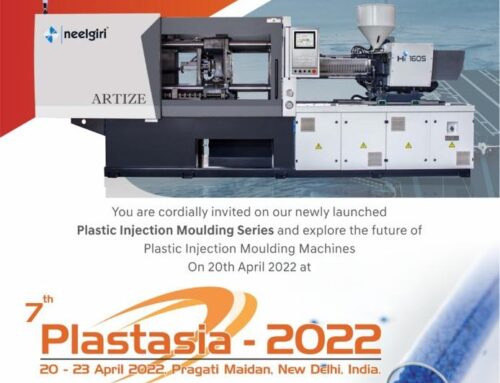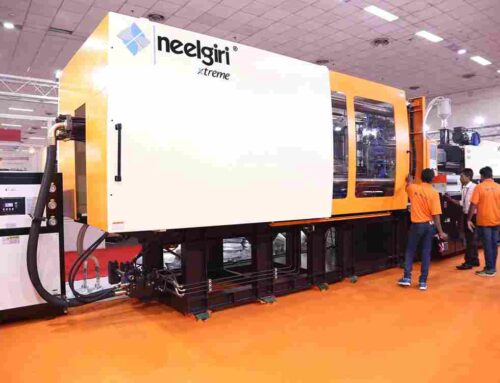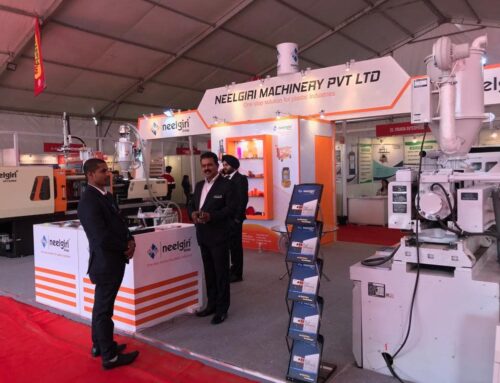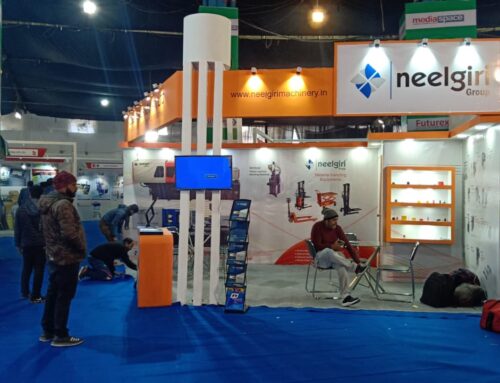The Plastic Injection Moulding Machine is a specialized machine designed to manufacture plastic products by injecting molten plastic into a mold cavity. The machine consists of three main components: the injection unit, the mold clamping unit, and the mold parting system.
Injection Unit
The injection unit is responsible for injecting molten plastic into the mold. It typically consists of a barrel, nozzle, and reciprocating screw. The barrel is a hollow chamber where the molten plastic is stored, while the nozzle is located at the end of the barrel and guides the molten plastic into the mold. The reciprocating screw, typically made of steel, transports the plastic from the barrel to the nozzle and mixes it with any additional additives or colorants.
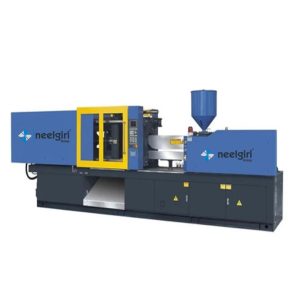
Mold Clamping Unit
The mold clamping unit ensures that the mold remains securely in place during the injection molding process. It consists of a mold clamping plate, mold pillars, and tie bars. The mold clamping plate supports the mold and exerts pressure to keep it closed, while the pillars and tie bars provide additional stability. The mold clamping unit ensures that the mold can withstand the high pressures and temperatures required for the injection molding process.
Mold Parting System
The mold parting system separates the two halves of the mold during the injection molding process. It consists of stripper plates, ejector pins, and ejector sleeves. The stripper plates are attached to the two halves of the mold and are used to open the mold after the plastic has cooled and solidified. The ejector pins are spring-loaded devices that are pushed through the ejector sleeves to push the plastic parts out of the mold. The mold parting system ensures that the plastic parts can be removed from the mold easily and neatly.
Conclusion
The Plastic Injection Moulding Machine is a sophisticated machine that plays a crucial role in the manufacturing of plastic products. With its injection unit, mold clamping unit, and mold parting system, it enables the production of a wide range of plastic parts with high precision and consistency. the machine’s ability to manufacture intricate and complex parts has made it an indispensable tool in various industries such as automotive, electronics, and consumer goods.

